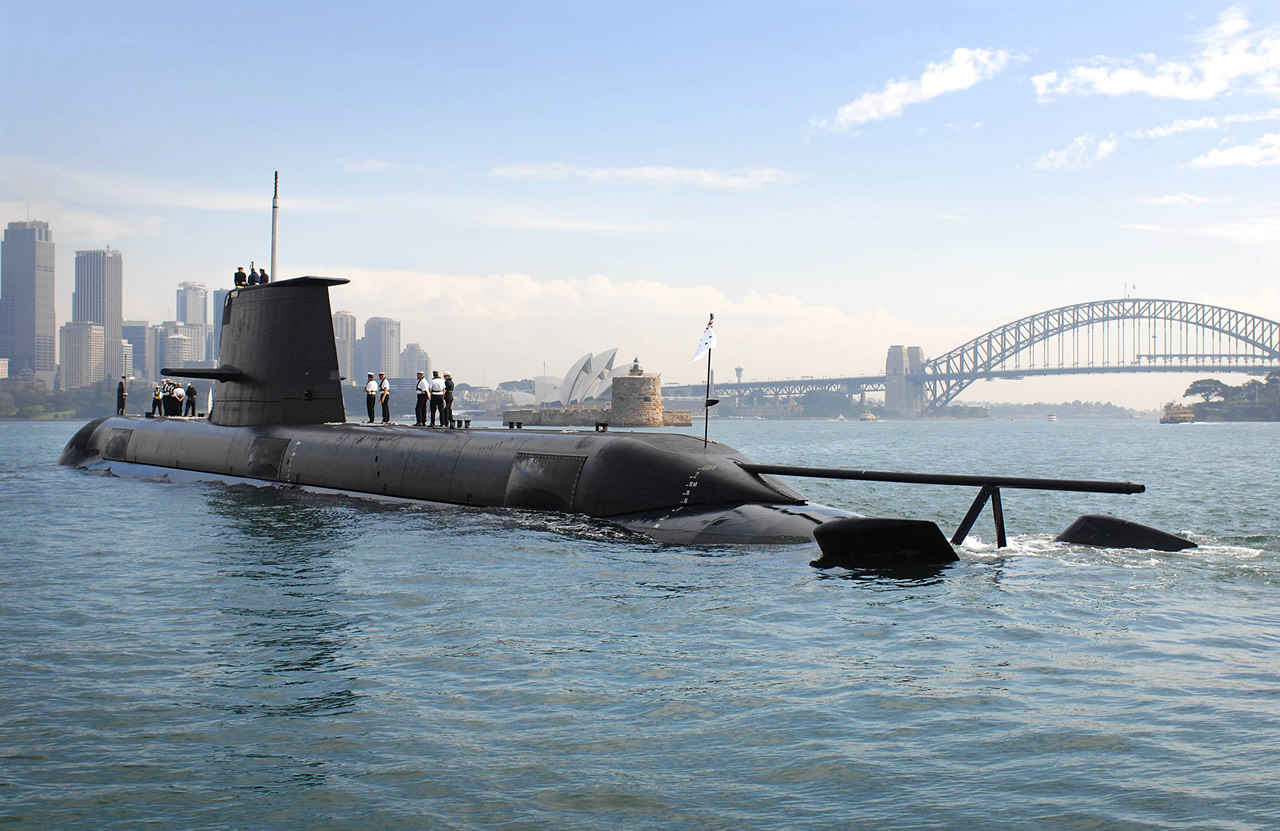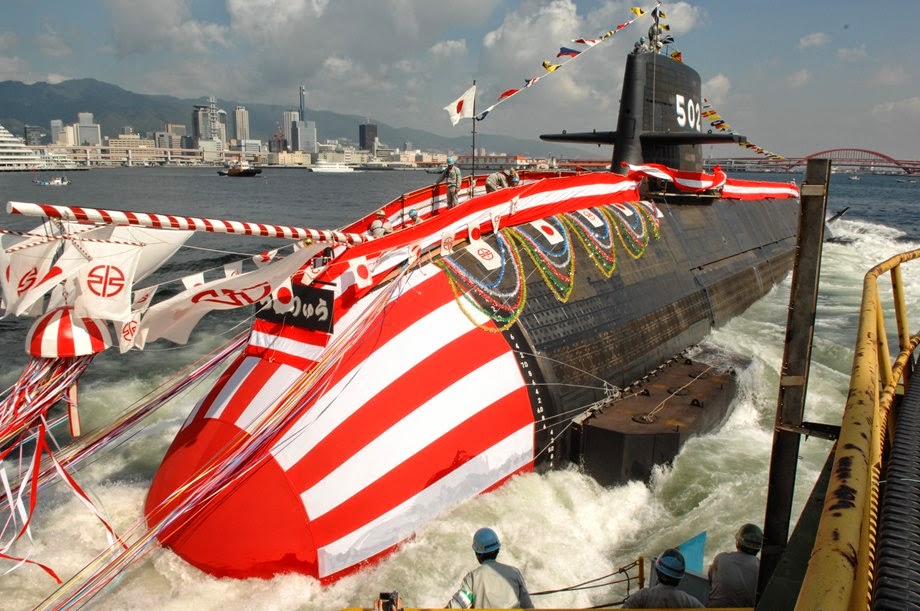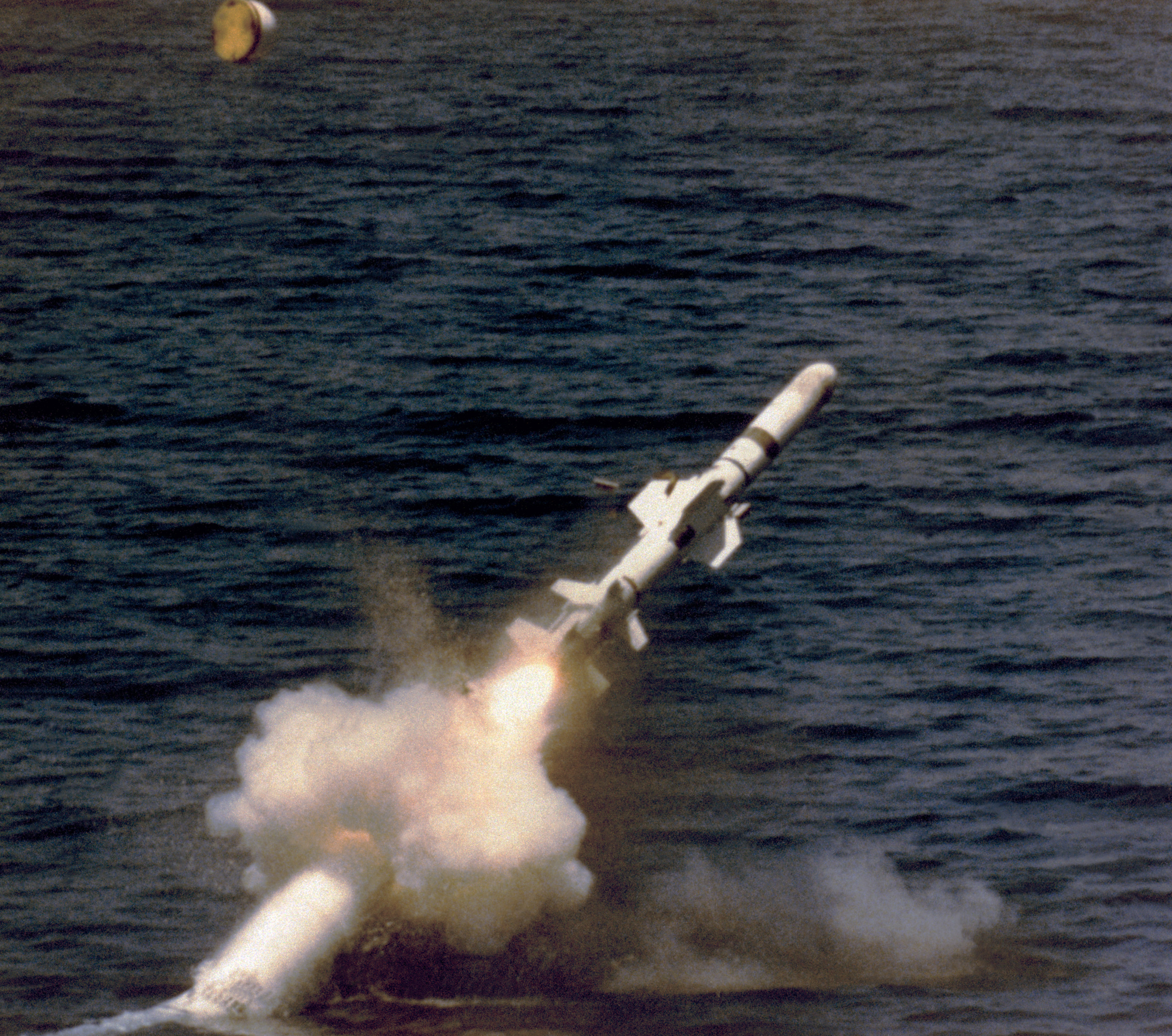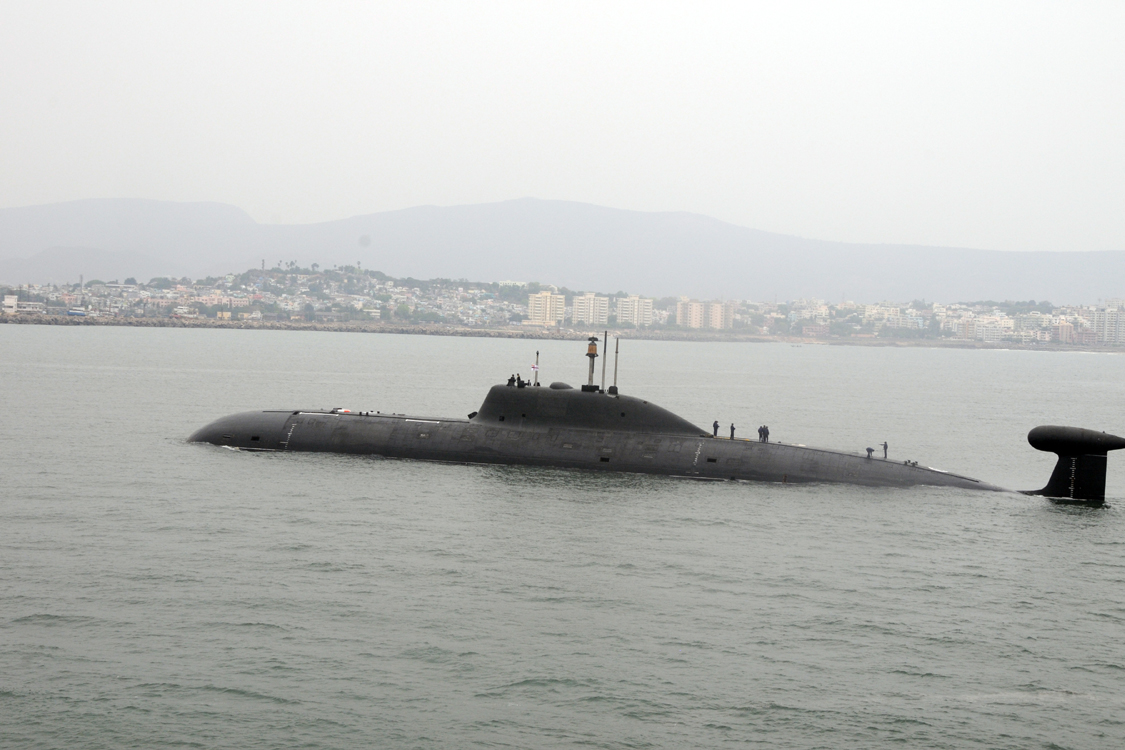Australia should discuss building its next-generation fleet of submarines overseas, the Department of Defence said on Monday, a shift that could open the door to a partnership deal with Japan that carries political risk at home and abroad.
Australia is looking for partners to help it build about a dozen diesel-electric submarines to replace its aging Collins Class fleet and help to extend its maritime surveillance deep into the Indian Ocean.
The proposed A$40 billion fleet of submarines is at the core of the nation's maritime defence strategy over the next two decades. Successive governments have pledged to build the vessels in Australia, creating much-needed manufacturing jobs.
The Department of Defence's 50-page Defence Issues Paper 2014, issued on Monday, is part of a public consultation process on a major strategic forces assessment due out next year. In it, the department echoed previous concerns about cost raised by Defence Minister David Johnston.
"There is significant debate emerging about the future submarine and whether it should be built in Australia. This debate must consider the cost, risk and schedule as well as the benefits of the different options," the department said in the paper. "What other military capability might be forgone if monies are committed to industries that do not meet international benchmarks?"
Prime Minister Tony Abbott has struck a tough stance towards struggling industries, declining to bail out anaemic auto manufacturers in a move that deepened acrimony between his government and trade unions.
Any decision to move construction of the submarine fleet overseas would likely cause a further backlash from working class voters.
Japan is considered one of the most likely beneficiaries if Australia does change its stance.
This month, Abbott and Japanese Prime Minister Shinzo Abe signed an agreement on military equipment and technology transfers.
New Australian Navy Submarines to be Japan





















 thats very gud info, thnx 4 posting
thats very gud info, thnx 4 posting